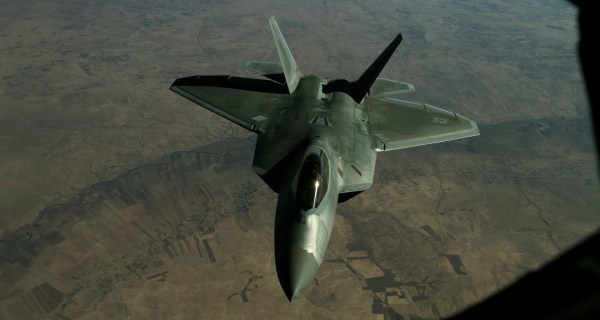
The Federal Aviation Administration plans to hold a “Call to Action” summit next month to improve cooperation with the aviation industry in support of the Next Generation Air Transportation System, better known as NextGen.
Until recently, the FAA has been subject to criticism for not involving industry enough in the rollout and planning of NextGen. The “Call to Action” summit, scheduled for Oct. 28, however, is designed to reverse that trend and garner broader industry support to meet the 2020 deadline to equip aircraft with new avionics technology.
According to a release from the agency, the summit will be an all-day event during which the FAA and industry will figure out how they can work together to address some of the possible challenges in equipping several thousand aircraft with the Automatic Dependent Surveillance – Broadcast technology – just one part of the agency’s NextGen process.
The ADS-B technology will “revolutionize the national airspace system,” according to the release. The main purpose of the surveillance technology will be to move from a ground-based radar system to one based on satellites and GPS technology.
The move will increase safety and efficiency by providing a more accurate and consistent view of an airplane’s location rather than the more than five second delay that comes with using traditional radar technology. The “out” portion of the ADS-B system pings an aircraft’s flight position to controllers on the ground and to other pilots who also have aircraft equipped with the technology.
Through the use of ADS-B, air traffic controllers could allow for more efficient use of airspace and better spacing between flights taking off and landing.
In 2010, the agency released its final ruling on the technology, which reportedly included input from industry. The rule requires all aircraft in controlled airspace to at least be equipped with ADS-B Out by the end of the decade.
According to the release from the FAA, the agency recently completed the construction and deployment of more than 630 radio stations on the ground – the baseline for the ADS-B ground infrastructure. If an aircraft is already equipped with ADS-B technology, it can take advantage of the network today. In the Gulf of Mexico, the FAA teamed up with oil and natural gas companies to install ground stations on floating oil platforms.
The technology was first deployed in Alaska to cover areas with no radar coverage in the southwestern part of the state. Since then, the agency has equipped more than 300 aircraft with the ADS-B systems. After the system was put in place, fatal accidents dropped by 47 percent.
The system is still used in Alaska and has also been established in the Gulf of Mexico to decrease the likelihood of mid-air collisions and to improve the success of search and rescue missions. In some cases, due to severe weather, the standard flight path between Florida and California is obstructed, causing planes to fly inland around the storm. Now with ADS-B, the planes can calculate a new, more efficient route over the Gulf while avoiding the storm.
“It is time for all users of the national airspace – avionics suppliers, aircraft integrators, operators and installers – to work together to ensure that all aircraft flying in controlled airspace are equipped with these NextGen avionics,” FAA Deputy Administrator Mike Whitaker said in a statement. “The full benefits of increased safety and efficiency of the national airspace depend on 100 percent equipage.”
The agency’s “Call to Action” Summit will address strategies to encourage the establishment of ADS-B technology on aircraft nationwide in order to meet the 2020 deadline.




